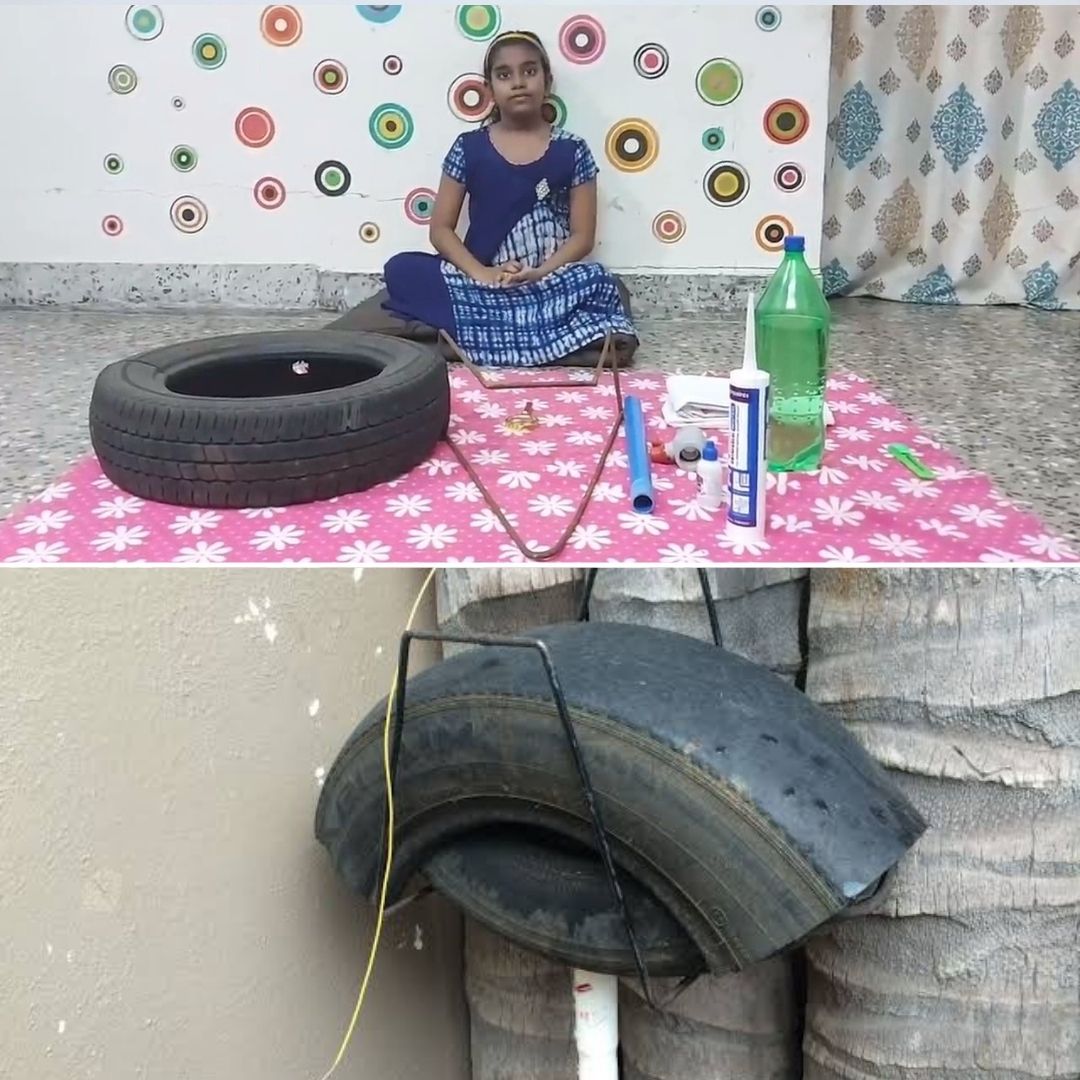
Image Credits: Youtube and The Ecologist (representational)
Science Simplified! This 11-Yr-Old Kid From Kerala Made Mosquito Traps Out Of Daily Objects
Writer: Laxmi Mohan Kumar
She is an aspiring journalist in the process of learning and unlearning many things. Always up for discussions on everything from popular culture to politics.
Kerala, 7 Sep 2022 3:40 AM GMT
Editor : Snehadri Sarkar |
While he is a massive sports fanatic, his interest also lies in mainstream news and nitpicking trending and less talked about everyday issues.
Creatives : Laxmi Mohan Kumar
She is an aspiring journalist in the process of learning and unlearning many things. Always up for discussions on everything from popular culture to politics.
The pandemic proved to be a time of discoveries for this 11-year-old who has been doing experiments along with her grandmother and finding science within scraps.
Indira Arjun, an 11-year-old from Kerala residing in Chennai, had made it to the news earlier during the pandemic for her effective use of augmented reality (AR) technology to create edu-tech videos. Her channel, "Biology Study Class," was getting noticed for the differential way of teaching primary class students about certain topics. The efforts also went on to be appreciated by Prime Minister Narendra Modi himself.
In yet another experiment of hers, Indira was able to make an eco-friendly, cost-effective mosquito trap model known as Ovillanta. The Ovillanta is a type of mosquito trap that was first designed by researchers at the Laurentian University in Canada and was tested in cooperation with the Ministry of Health in Guatemala and researchers in Mexico. Bringing these findings by international researchers to her home ground, she shows how science can be found and made interesting with scraps.
Exploring Science With Her Grandmother
During a time when several lakhs of students had to stay indoors and attend online classes, little Indira Arjun made it a bit more interesting through her own in-home experimentations. Motivating and assisting her in the same was her grandmother, Rani Pradeep, a retired biology teacher from Kendriya Vidyalaya.
Building up on her passion for the subject, her grandmother asked her to build an Ovillanta using the materials easily available around their home.
Using a simple "13-inch old tyre, a hanger, PVC pipe, silicone glue, a ball valve, PVC glue, filter paper and a bottle filled with water", Indira was able to create a classic mosquito trap model. The filter papers placed on both ends of the tyre structure act as the landing strips for the mosquitoes to lay eggs and can be cleaned out using a chlorine solution every few days.
The same filtrate can be reused as it would contain pheromones released by Aedes mosquitoes, making it a model that is seven times more effective than the traditional traps. This very model made out of tyres and scraps was found to be effective in controlling a good share of the Aedes population, which transmits diseases such as Dengue, Chikungunya and Zika, said a report by the New Indian Express.
Apart from being low-cost and highly efficient in the collection and disposal of mosquito eggs and larvae, this model can easily be hung over walls or gardens. Commenting on their educational time-pass, Indira's mother, Aparna Gangadharan said that two such Ovillanta traps would be sufficient to reduce the mosquito infestation in a one-acre area. She also suggested that such models can be effectively produced and put into use by the health department for vector management.
 All section
All section














